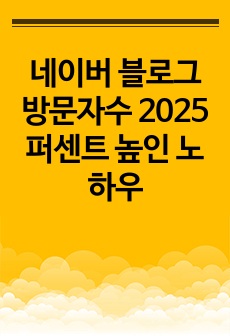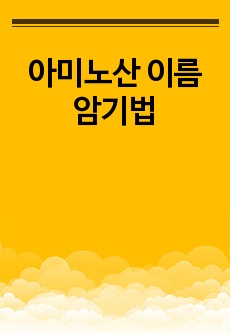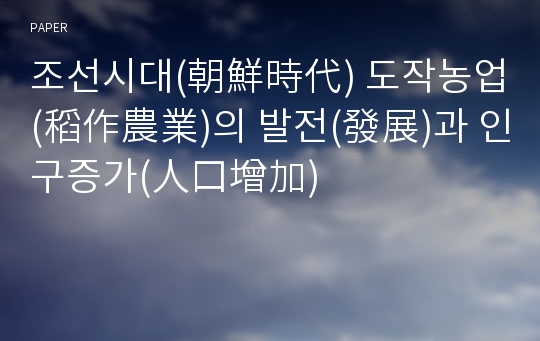조선시대(朝鮮時代) 도작농업(稻作農業)의 발전(發展)과 인구증가(人口增加)
* 본 문서는 배포용으로 복사 및 편집이 불가합니다.
서지정보
ㆍ발행기관 : 경북대학교 농업생명과학대학
ㆍ수록지정보 : Current Research on Agriculture and Life Sciences / 7권
ㆍ저자명 : 이호철
ㆍ저자명 : 이호철
영어 초록
Rice culture in Korea has a long history ranging over two thousand years. In the agriculture economy of pre-mordern Korea, however, its importantce was not as great as generally assumed. In fact, rice culture reached full development only after the 1920s when the Japanese colonial government carried out its drive to increase rice production in the Korea peninsula. It was not until the mid-1930s that rice became the staple in Korean diet. This can be attributed to two factors : (1) a mountainous topography that provides little irrigated fields and (2) a climate characterized by droughts in spring and heavy precipitation in summer. The present paper attempts to answer some of these questions. Specifically it will focus on these : Did the development of rice culture actually result in population growth? What are the salient features of agricultural develdpment and population grow in traditional Korea? Does the case of Korea conform the prevailing generalization about the agriculture in East Asia? I have discussed the development of rice culture and population growth in the Chosn dynasty, focusing on the relation between the rapid spread of transplanting and the rapid growth of population from the seventeenth to the nineteenth century. Here are my conclusions. (1) The spread of transplanting and other technological innovationsc contributed to the rapid growth of population in this period. However, we should also note that the impact of rice culture on population growth was rather limited, for rice culture was not the mainstay of agricultural economy in pre-modern Korea. Indeed we should consider the influence of dry field cropsn population growth. Nevertheless, it is obvious that the proliferation of rice culture was a factor crucial to population growth and regional concentration. (2) How should we characterize the spread of rice culture in the whole period? Evidently rice culture spread from less then 20% of cultivated fields in the fifteenth century to about 36% of them in the early twentieth century. Although rice as a single crop outweighed other crops, rice culture was more then counter-balanced by dry field crops as a whole, due to Korea's unique climate and geography. Thus what we have here in not a typical case of competition between rice culture and day field culture. Besides, the spread of rice culture in the seventeenth and eighteenth centuries accomplished by technological innovations that overcame severe springtime drought, rather than extensive irrigation. Althougt irrigarion facilities did proliferate to some extent, this was achieved by local landlords and peasants rather than the state. This fact contradicts the classical thesis that the productivity of rice culture increased through the state management of irrigation and that this in turn determined the type of society. (3) We should further study other aspects of the transition from the stable population and production struture in the fifteenth and sixteenth centuries to the rapid population growth and excessive density of population thereafter. We should note that there were continuing efforts to reclaim the land in order to solve the severe shortage of land. Changes also took place in the agricultural production relations. The increase in land producrivity developed tenancy based on rent in kind, and this in turn increased the independence of tenants from their landlords. There were changes in family relations-such as the shift to primogeniture as an effort to prevent progressive division of property among multiplying offspring. The rapid population growth also produced a great mass of propertyless farm laborers. These changes had much to do with the disintegration of traditional social institutions and political structure toward the end of the Chosn dynasty.참고 자료
없음"Current Research on Agriculture and Life Sciences"의 다른 논문
 분설경수(分薛莖數) 벼 생육(生育)과 주내(株內) 경쟁반응(競爭反應)에 마치는 영향(影響)10페이지
분설경수(分薛莖數) 벼 생육(生育)과 주내(株內) 경쟁반응(競爭反應)에 마치는 영향(影響)10페이지 재배방법(裁培方法)이 벼 도복(倒伏)에 미치는 영향(影響)11페이지
재배방법(裁培方法)이 벼 도복(倒伏)에 미치는 영향(影響)11페이지 두유(豆乳)를 이용(利用)한 요구르트 제조(製造)에 대하여10페이지
두유(豆乳)를 이용(利用)한 요구르트 제조(製造)에 대하여10페이지 사과나무 부란병(腐爛病)에 대(對)한 Prochloraz와 Triadimefon의 항균성(抗菌性)8페이지
사과나무 부란병(腐爛病)에 대(對)한 Prochloraz와 Triadimefon의 항균성(抗菌性)8페이지 사과 대목 종자의 발아에 관한 연구6페이지
사과 대목 종자의 발아에 관한 연구6페이지 도입(導入) 감미종(甘味種) 고추의 특성(特性)7페이지
도입(導入) 감미종(甘味種) 고추의 특성(特性)7페이지 유역(流域)의 지상인자(地上因子)를 이용(利用)한 홍수량(洪水量) 해석(解析)12페이지
유역(流域)의 지상인자(地上因子)를 이용(利用)한 홍수량(洪水量) 해석(解析)12페이지 Geotextile에 의한 지반(地盤)에 지지력(支持力) 보강(補強)5페이지
Geotextile에 의한 지반(地盤)에 지지력(支持力) 보강(補強)5페이지 산성화학약제의 처리가 생사의 물리적 성질에 미치는 영향9페이지
산성화학약제의 처리가 생사의 물리적 성질에 미치는 영향9페이지 Phytohemagglutinin-P 첨가(添加)에 따른 생쥐배(胚)의 시험관내(試驗管內) 응집(凝..15페이지
Phytohemagglutinin-P 첨가(添加)에 따른 생쥐배(胚)의 시험관내(試驗管內) 응집(凝..15페이지




















